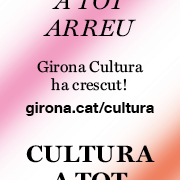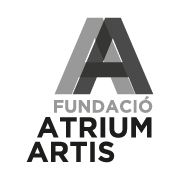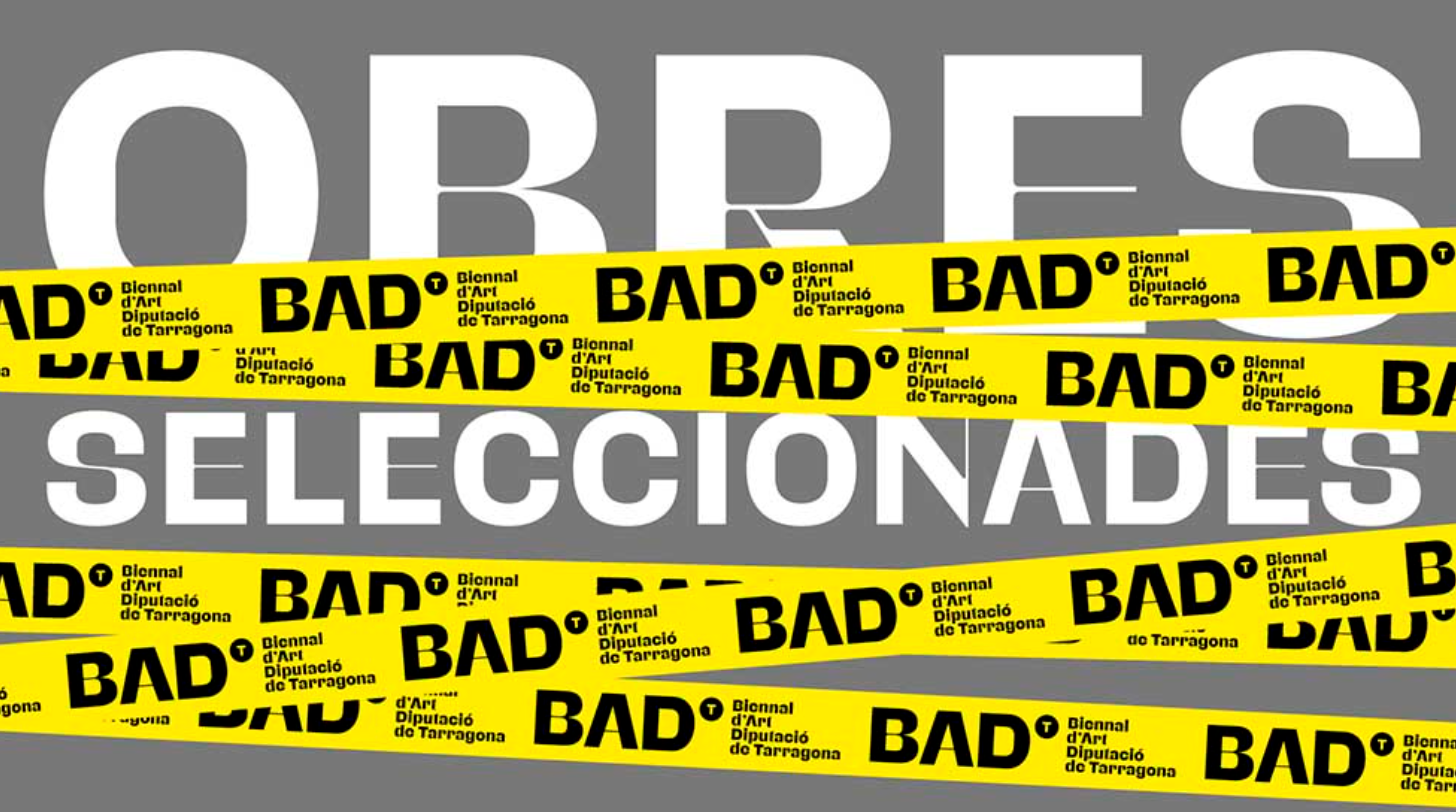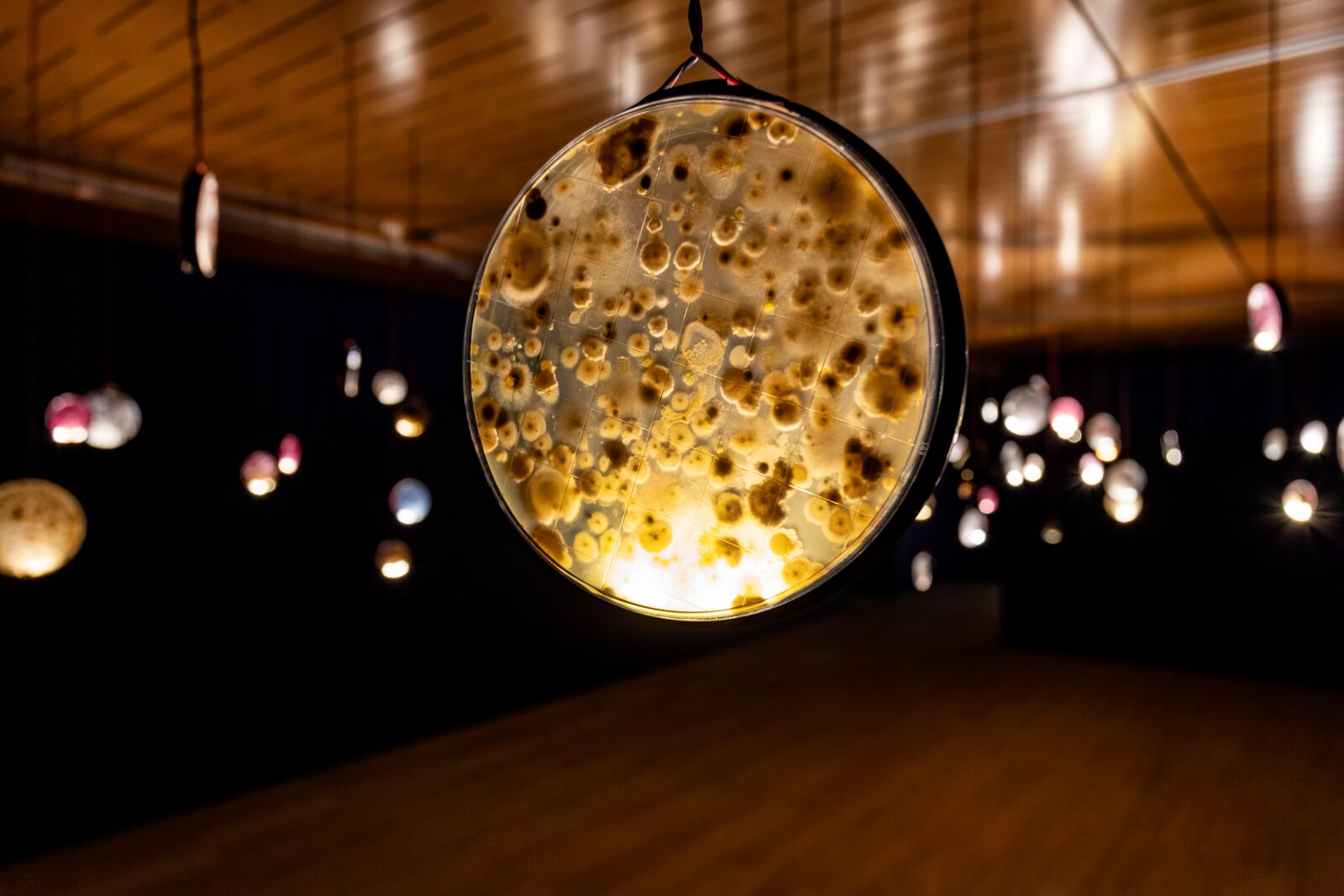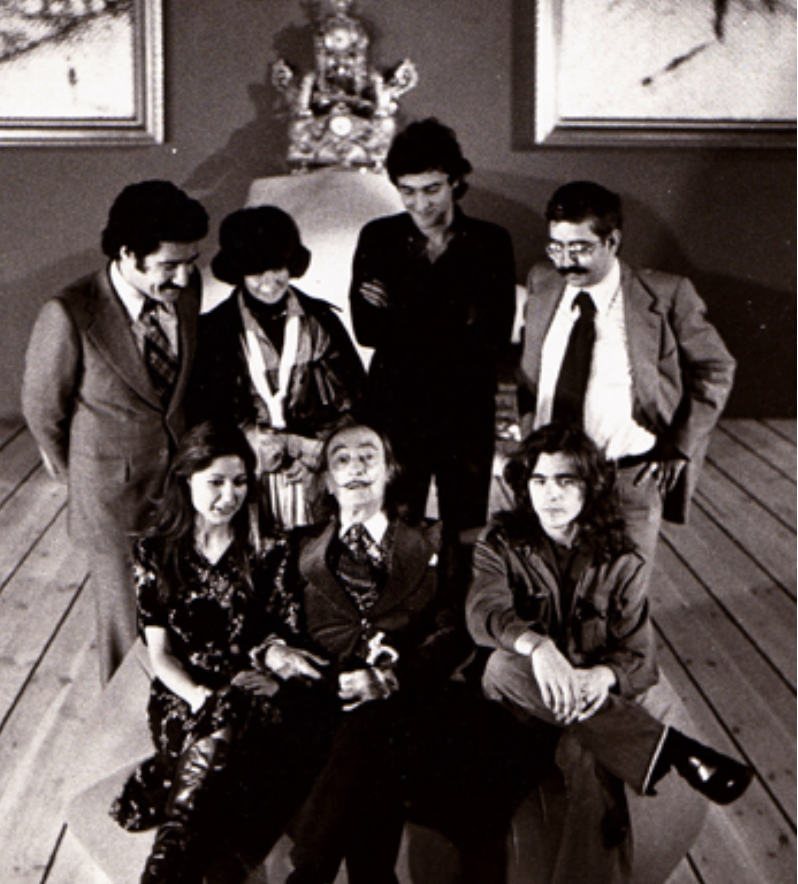Exhibitions
"Growing plants in the dark" in Bòlit
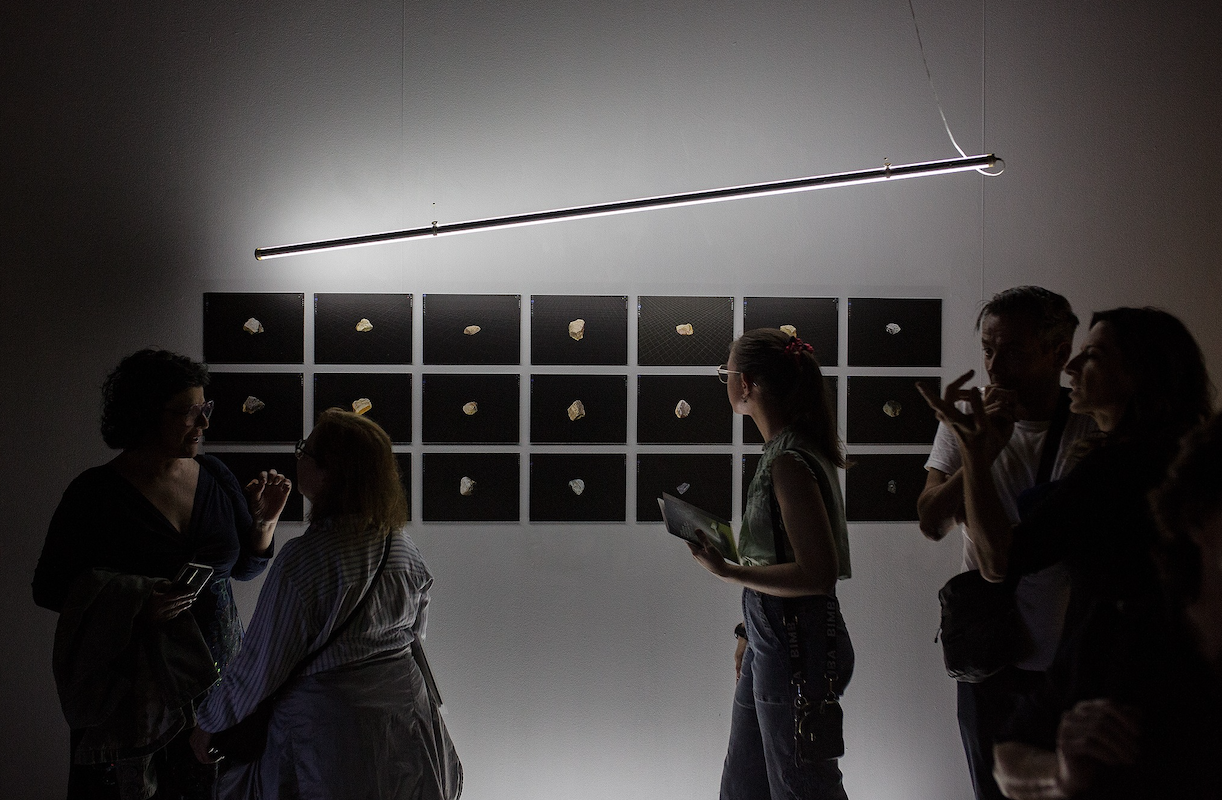
The Bolit Center d'Art Contempporani presents, until October 8, Growing plants in the dark, an exhibition curated by Ingrid Guardiola and which starts from a speculative fiction based on a simple question: how can life be generated in a environment without light, without energy?.
Growing plants in the dark brings together works by Azahara Cerezo, Xiana do Teixeiro, Emilio Fonseca, Joana Moll, Núria Nia, Playmodes, Manel Quintana and Stéphanie Roland. The exhibition starts from the context of a critical modernity, one that takes into account humanity and non-human lives from their interdependence, and asks how to map the infrastructures that support part of our technology and how to understand the its material and causal involvement in the story of biodiversity.
Planet Earth is facing the conflict of a cyclical energy poverty that has become chronic. It is a poverty in the field of management, exploitation and commercialization of resources (fossil fuels, water, gas, minerals, solar energy...), but also personal: we do not have the energy - physical, mental, emotional - to do much of anything more than we already do. The excess energy demand of a system based on the production of unlimited growth has its days numbered. Individual and planetary burnout is a fact. In this context, the exhibition Growing plants in the dark proposes to reflect on our relationship with technology and energy, but moving away from the accelerationist, solutionist or catastrophist perspective .
The liberalization of the energy market at the end of the nineties and the beginning of the new century, the accumulation of wealth in the "sacrifice zones" (wars, nuclear zones, wind farms...) and the extreme dependence on technological devices of permanent consumption energy, have made energy one of the great challenges of the 21st century. If in the 20th century we paid for consumption because we didn't know (we paid the receipt to press a button and everything worked), now it's time to know in order to assume an individual, but above all collective and industrial responsibility; and also to propose immediate and long-term solutions to this toxic relationship.
It is about observing, analyzing and recreating these technologies because, as Bruno Latour already pointed out, "we were never fully modern if this modernity involved ecocide". Latour, who died a few months ago, is a pioneering figure of degrowth and environmental awareness, who encouraged the dialogue between science and the humanities, with work based on the notion of "ecosystem" (key to understanding the current Bôlit project).
Regarding the choice of artists there is a combination of local, regional and international artists. Four of the works on display are newly created (Playmodes, Walkie Talkie Films, Azahara Cerezo and Manel Quintana), but it also hosts three productions already made between 2022 and 2023, one of them in Le Fresnoy (Stéphanie Roland), another from The Photographer's Gallery in London (Joana Moll) and another from Cultural Rizoma in Celrà (Núria Nia).
The works are divided into two spaces entitled "The device of the world" (Bòlit- LaRambla) and "Orientar se amb Llum judiciosa" (Bòlit_PouRodó), two verses of the poem Primer sueño by Sor Juana Inés de la Cruz that have influences by Athanasius Kircher, one of the fathers of the magic lantern, mathematician and astronomer. Both spaces are illuminated by a low-consumption and dynamic light ecosystem (the light in the room "breathes") designed by Manel Quintana (Barcelona, 1975. Lives and works in Olot) which aims to provide more sustainable energy exhibition space and starts from the possibility of inverting the normal arrangement of lighting to make us aware of the variability of light, the impact it has on the perception and creation of the space we pass through.
In Bòlit_LaRambla we find 4004 by Joana Moll (Barcelona, 1982), a video installation that reflects on the possible correlation between the ubiquity of microprocessors, the increase in their computational power and the acceleration of the loss of biodiversity. According to a study, since the 1970s, which is when the first commercial microprocessor in history, the Intel 4004, was designed, humanity has exterminated 50% of the species on the planet. Rare earths are strategic elements in the electronic industry and the development of technologies because they are present in the circuits and components of electronic devices and appliances, among others. In its treatment phase, the rare earths need chemical acids and bases and this is when contamination appears.
In the installation From Latency by Azahara Cerezo (Celrà, 1988) a voice reads a supposed environmental impact report that is based on other real reports of resource exploitation. After the confinement, the Girona collective Playmodes (La Pera) wanted to link technology with the physical world, leave the strictly virtual worlds and began a series of investigations that bring them closer to pioneers of the 16th and 17th centuries.
At Bòlit_PouRodó they present Growing plants in the dark #1 where they use sunlight to grow plants in a dark context by means of an ancient and sustainable methodology through a heliostat, a set of mirrors with a system tracking the path of the sun. In a second action, ASTRES, will produce a stellar mapping at the Batet Observatory in Olot. These gadgets have been developed with the UPC. The video Sea tu brillo en la noche by Galician Wakie Talkie Films, formed by Xiana do Teixeiro (Lugo, 1982) and Emilio Fonseca (Ourense, 1978), explores how our view of the living world can change our relationships with the planet through a proposal for nocturnal contemplation.
Between human civilization and nature in resistance, technology enables and modifies our relationships with the environment. The piece invites us to discover (ourselves) in relation to the other as a sensitive subject (that feels), inhabitant of the shelter of the night in an impoverished ecosystem. Stéphanie Roland (Belgium, 1984) in the experimental documentary Le cercle vide portrays a space object (scrap) and its fall into the darkness of a space cemetery and by combining images from live recording of the events and fictional images, leads us to limits of the visible. An essay with references from both astronomy and Homeric poetry, which investigates the exploratory potential of the image and recovers what is surely the only place on the planet and in the stratosphere where it is impossible to capture images or sounds: the Point Nemo Núria Nia's audiovisual essay (Palau Solità i Plegamans, 1986) traces the human experience of recreating the image of nature: from one's own mental image to the observational or scientific image with a key point of departure: to orient- se in absolute darkness, which gives the title to the piece. In this fictional darkness appears the specter of imminent environmental and social collapse for which scientific visions, technological tools and artificial intelligences seem to have the answer and, despite this, this accumulation ultimately creates a greater disorientation in the face of loss of future perspective.


